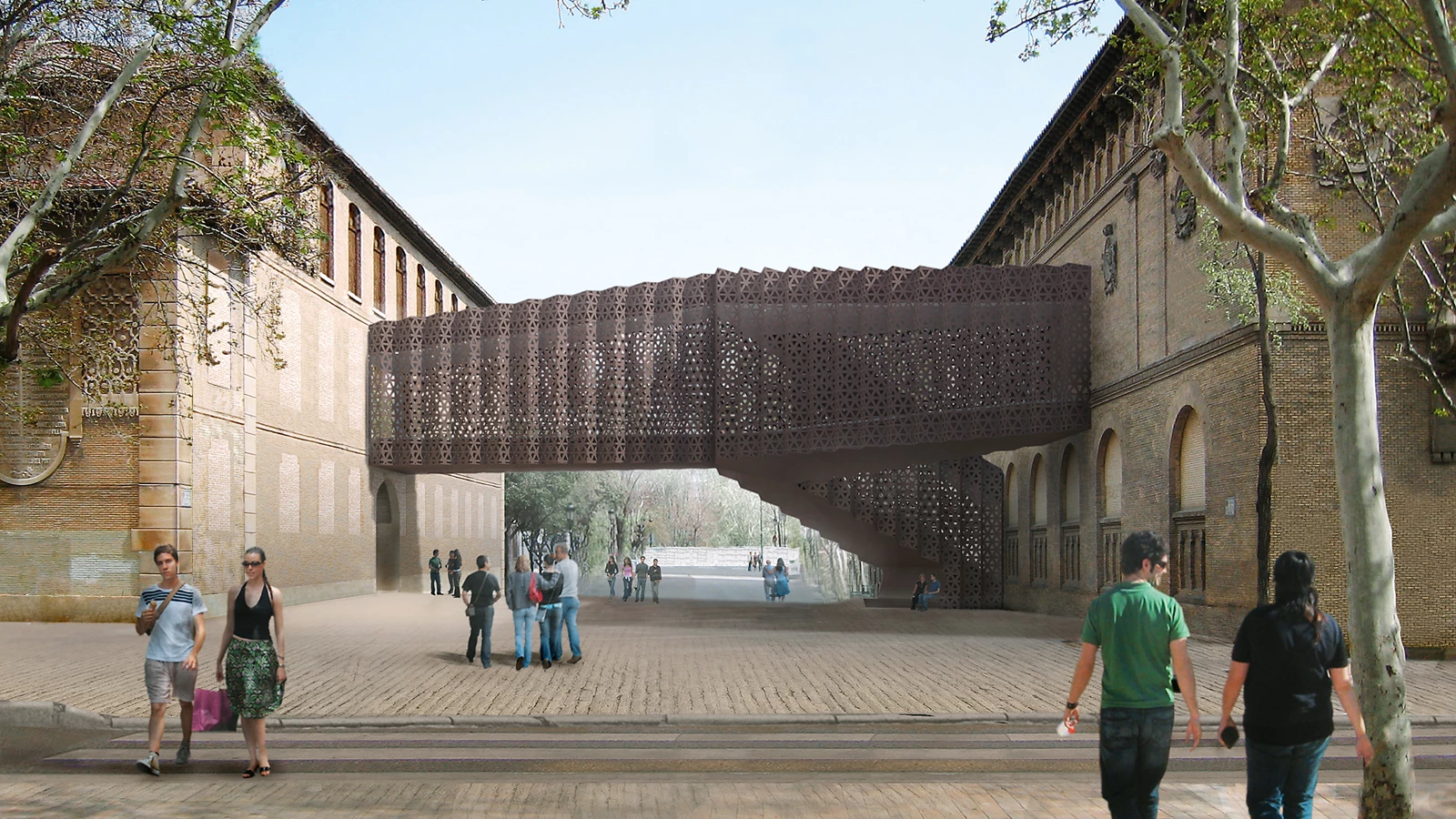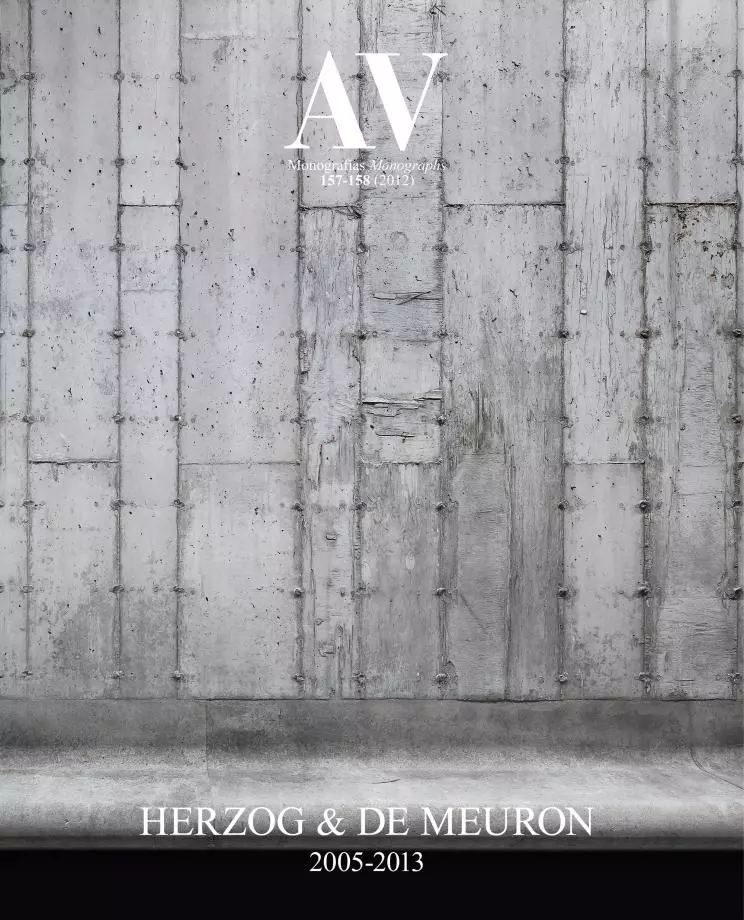Espacio Goya, Zaragoza
Herzog & de Meuron- Type Cultural center Museum Refurbishment
- Date 2005
- City Zaragoza
- Country Spain
The project for the creation of a museum space in Zaragoza devoted to painter Francisco de Goya y Lucientes (Fuendetodos, Zaragoza, 1746 - Bordeaux, 1828) started in 2005 after a call for ideas convened by the government of Aragón. The program for the Espacio Goya was proposed as a branch of the Zaragoza Museum specializing in the work and life of the painter, and located in the adjacent building, the Escuela de Artes y Oficios (Arts and Crafts School). Both structures, facing the central Plaza de los Sitios and separated by a pedestrian street, will create a cultural hub with joint functions.
However, Herzog & de Meuron’s proposal – which despite winning the competition, is currently at a standstill and might not be completed – stems from the premise that the collection of Goya works in the museum is not in itself enough to fill this space. For this reason the project suggests a special program: four Anchor Rooms that offer new approaches to Goya and enhance the visit. The Anchor Rooms break into the existing building in an essentially violent act that evokes Matta-Clark’s ‘building cuts’. The insertion of the Anchor Rooms destroys part of the building and breaks the original continuity to generate bubble spaces that reconstruct the interiors in which Goya created in situ works: the Aula Dei Charterhouse in Zaragoza, the San Antonio de la Florida Chapel, the Quinta del Sordo and a classroom-workshop in the Real Academia de Bellas Artes de San Fernando, the latter three in Madrid. These rooms will enrich the visit, abstractly recreating – with exposed brick finishing – the atmosphere of the original locations. The Anchor Rooms will not contain the original works, but serve as special galleries for contemporary pieces, works carried out especially for these spaces or dealing with the master’s work.
The remaining operations proposed in the project have a more pragmatic character, including the demolition of structures added in the central courtyard, the implementation of crossbeams in the original structure to increase the span of the galleries, and the reinstatement of the twin arrangement of the Zaragoza Museum and the Arts and Crafts School. This is achieved by inserting a new piece between both, in the central path: a Grand Stair with three accesses that connects the galleries and forms the focal point of the entire complex, signalling the entrance and the new layout.
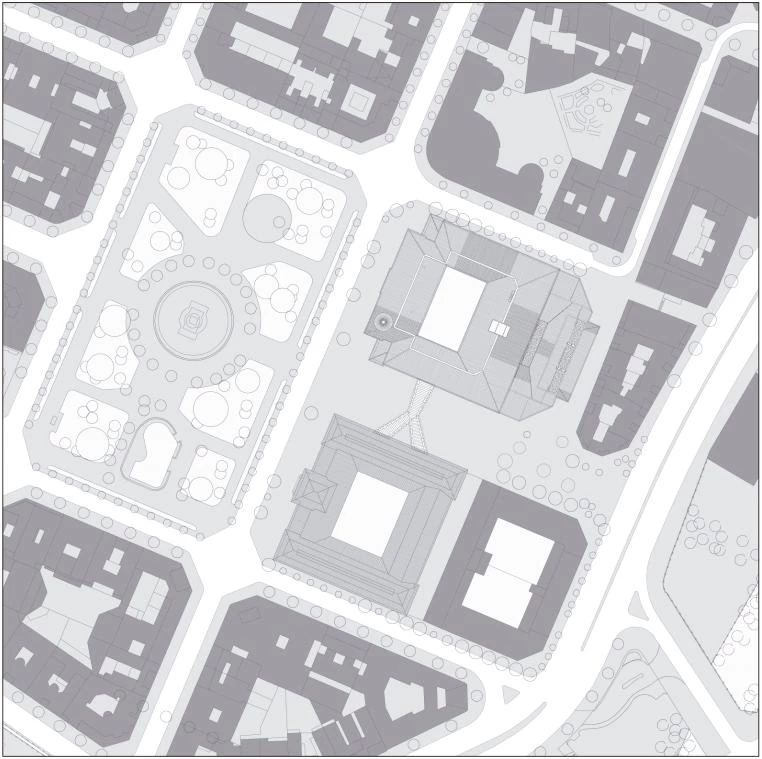

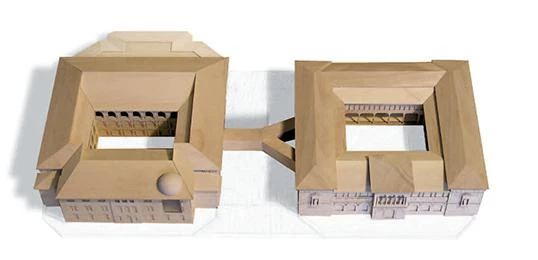

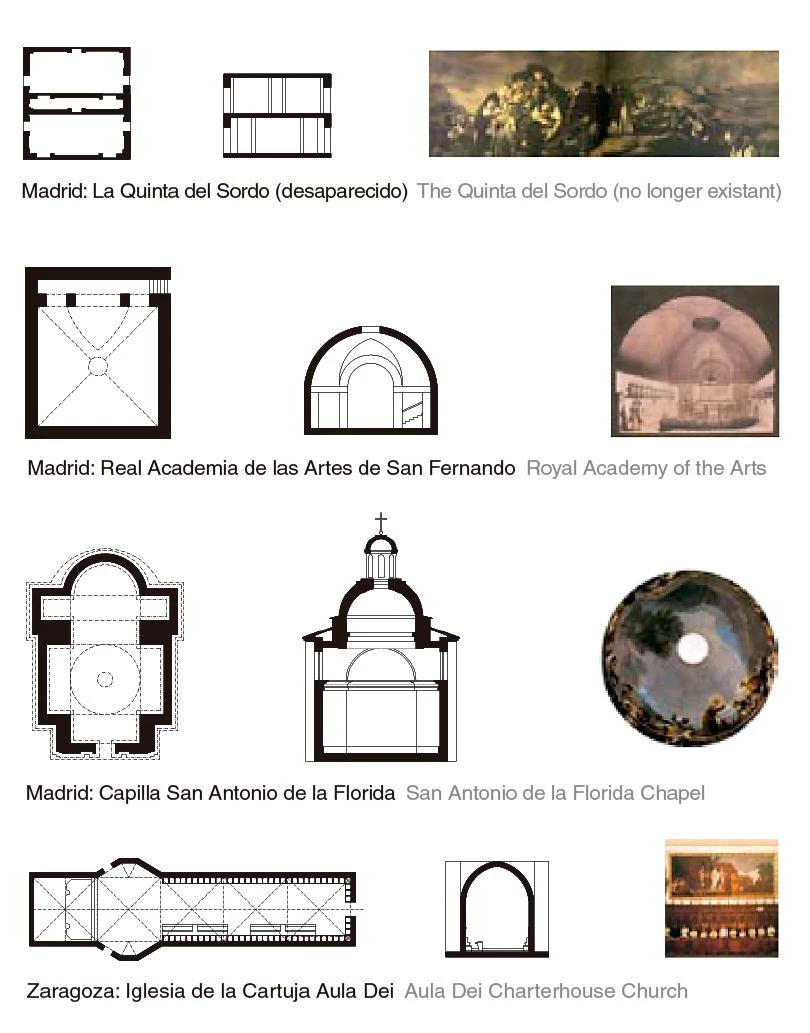
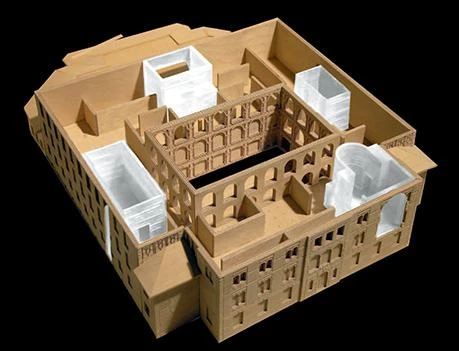

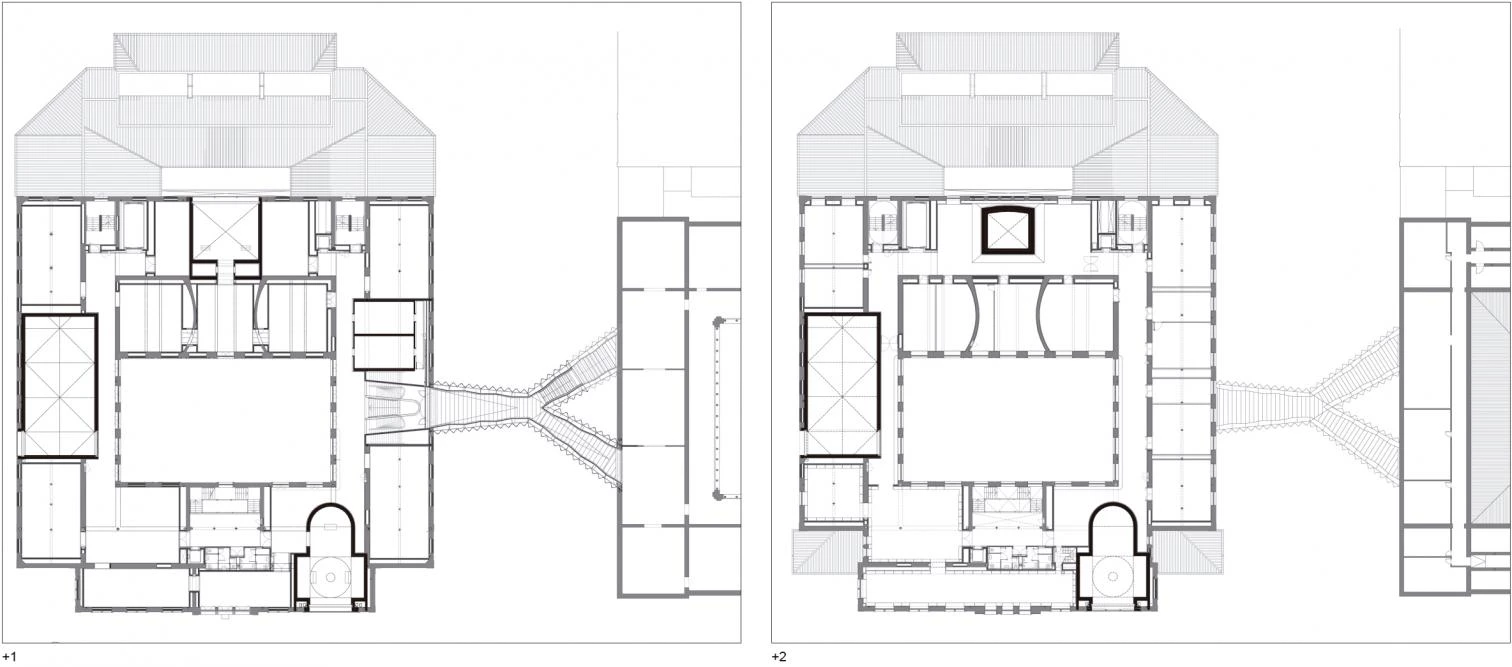

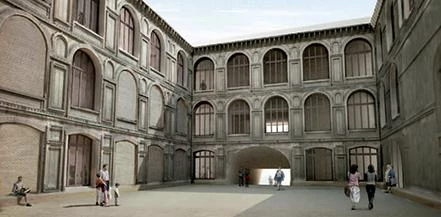



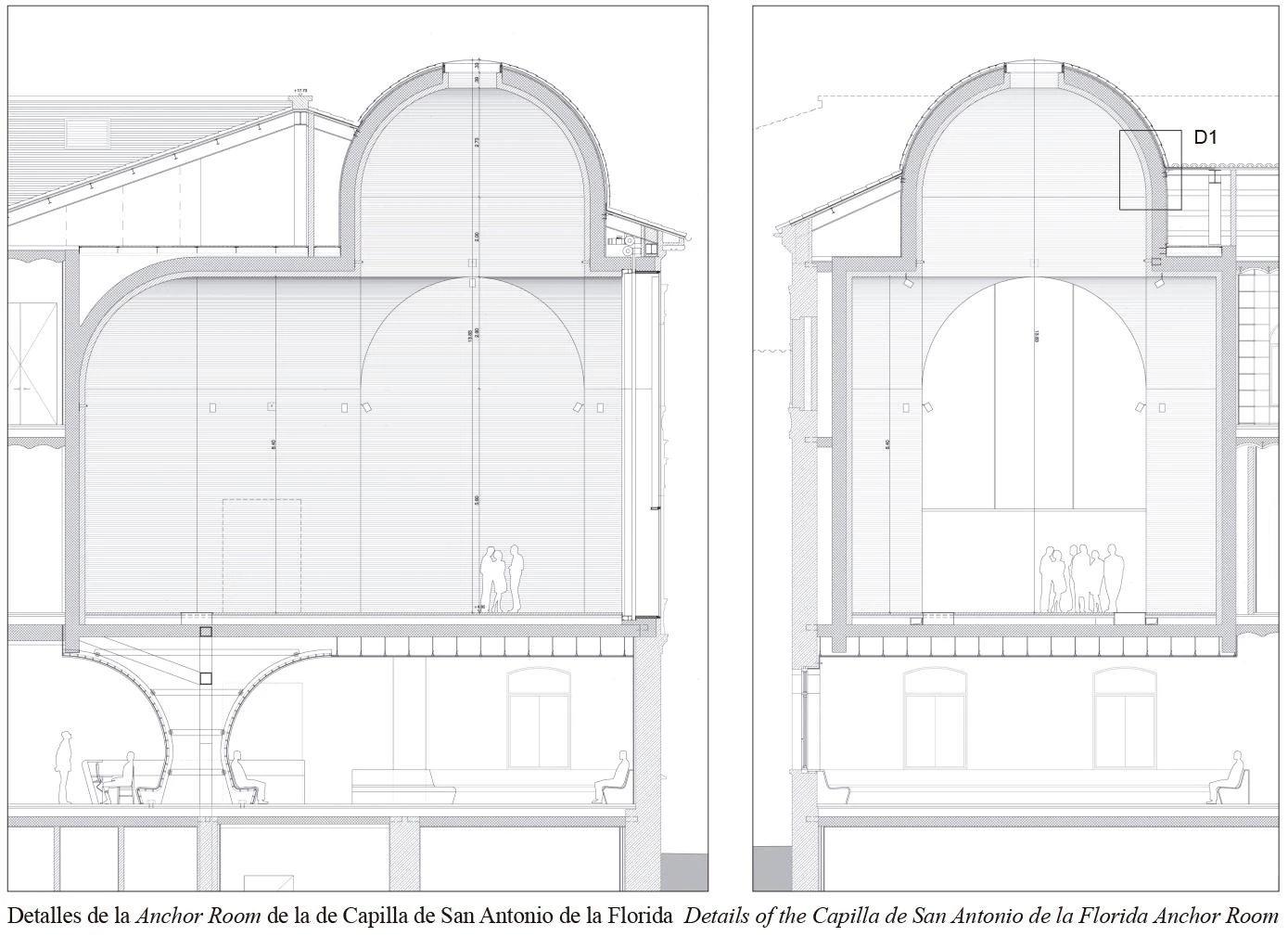

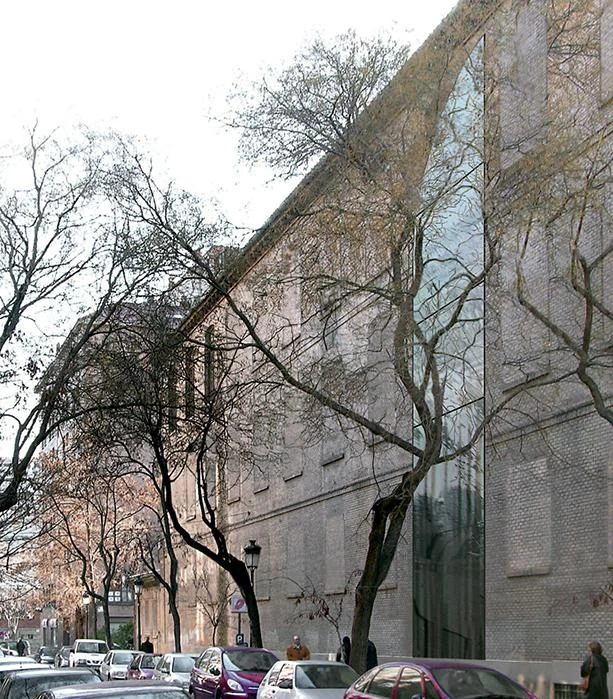



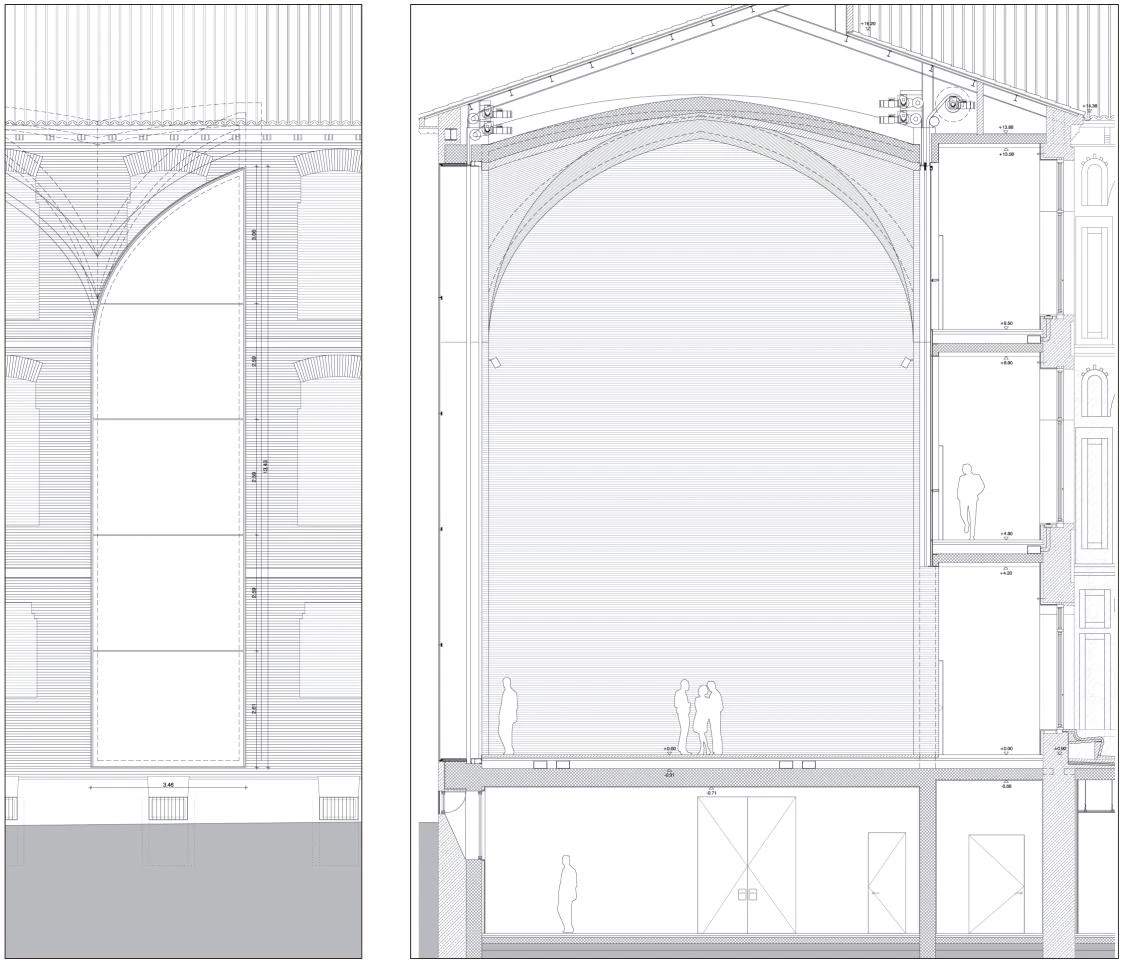



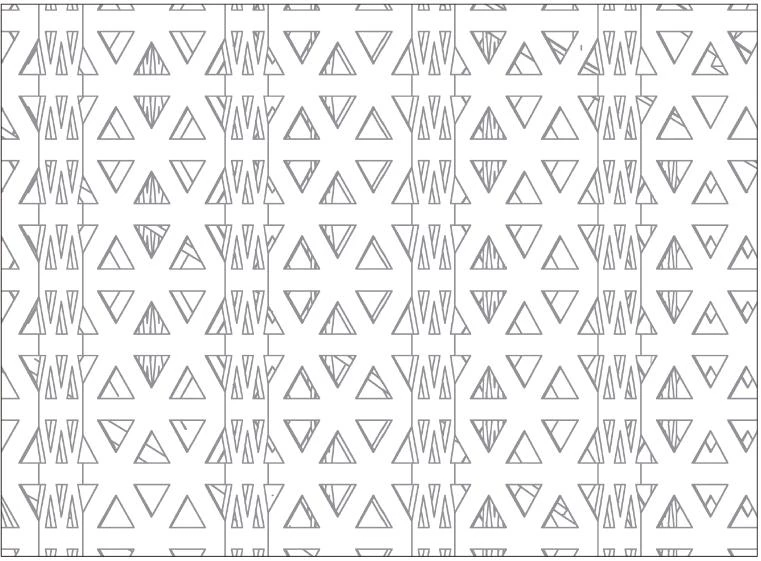
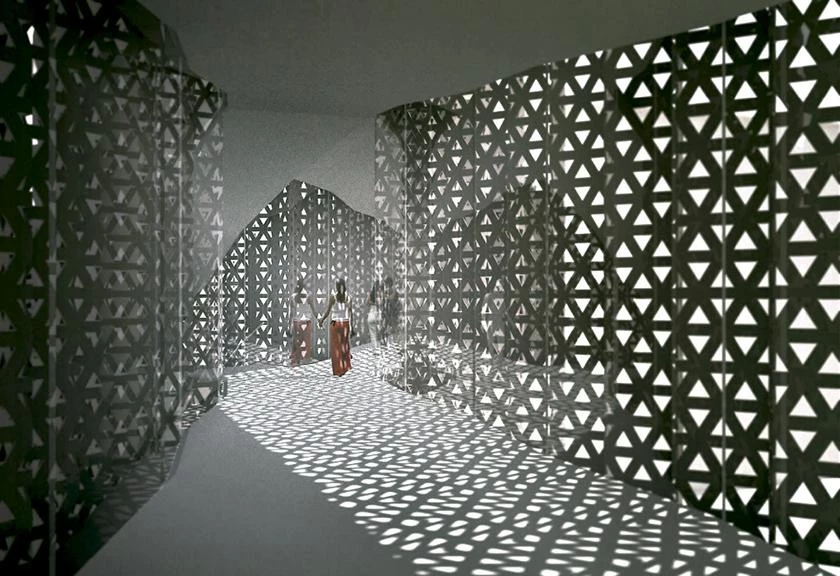
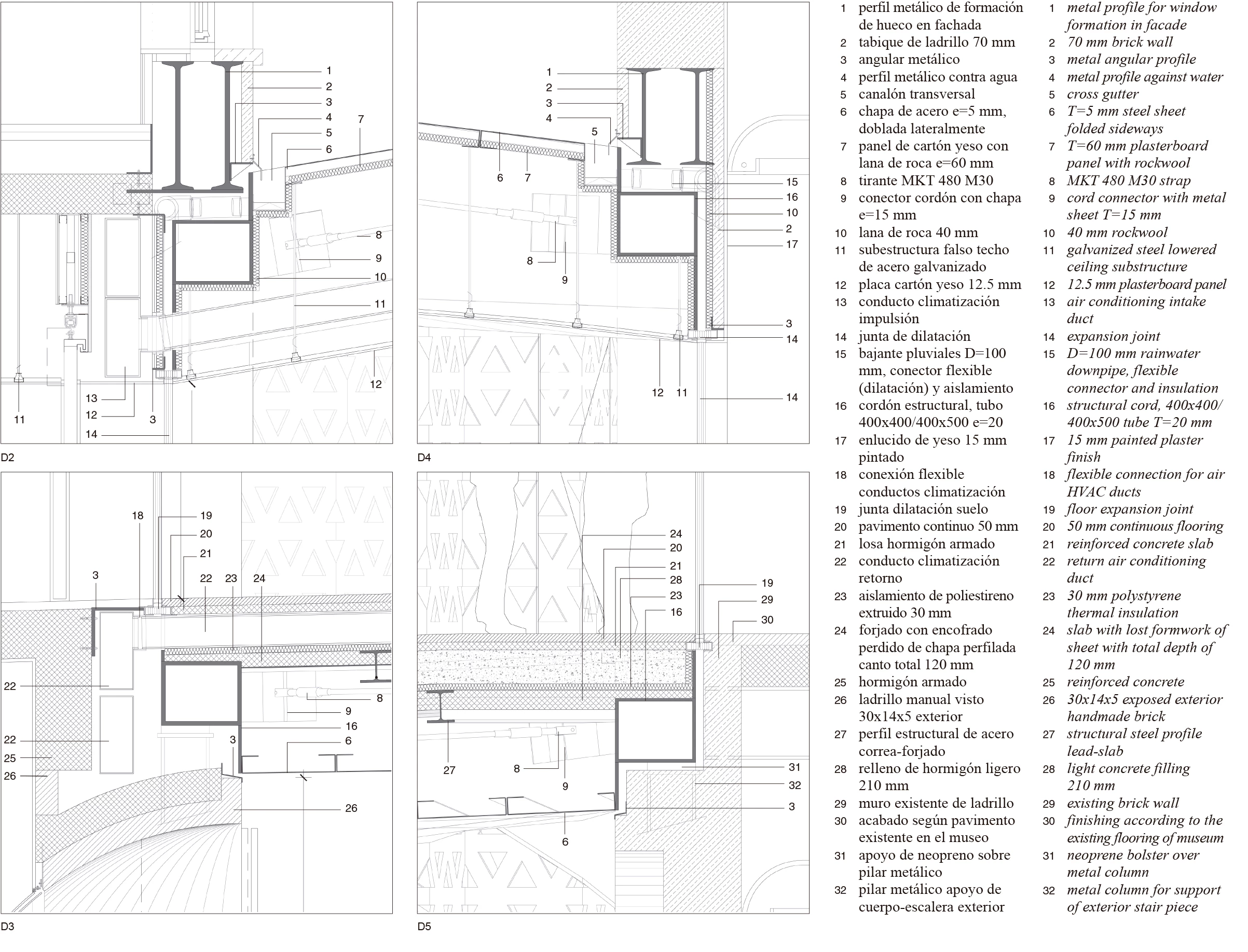
Cliente Client
Gobierno de Aragón, Zaragoza, Spain
Arquitectos Architects: Herzog & de Meuron
Socios Partners: Jacques Herzog, Pierre de Meuron, Christine Binswanger (socio responsable partner in charge).
Equipo de proyecto Project team: Peter Ferretto (asociado associate), Carlos Gerhard (asociado associate), Andreas Fries, Tomislav Dushanov; Javier Artacho, Benito Blanco, Sergio Cobos Álvarez, Heitor García Lantarón, Silvia Gil, Andrea Landell, María Ángeles Lerín Ruesca, Diego Martínez Navarro, Mateo Mori Meana, Argel Padilla Figueroa, Maki Portilla, Fran Rojo, Mónica Sedano Peralta, Lara Semler, Agustín Solórzano, Masato Takahashi, Thomas de Vries
Planeamiento Planning
Herzog & de Meuron (planeamiento general general planning); Integral Ingeniería y Arquitectura (construcción, aparejadores construction, quantity surveyor); NB35 Ingeniería (estructura structural engineering); Estudi PVI Ingenería SL (instalaciones HVAC and MEP)
Consultores Consultants
ENAR (fachada facade); Estudi GL (protección antiincendios fire protection); ARUP Lighting (iluminación lighting); Estudi Acustic H. Arau (acústica acoustics)

